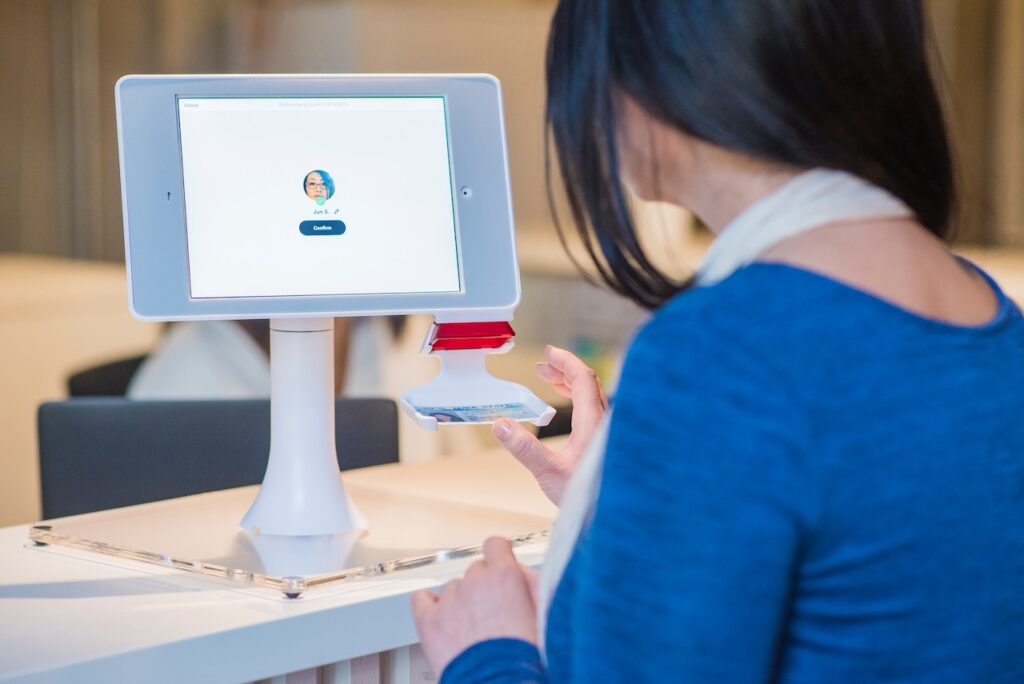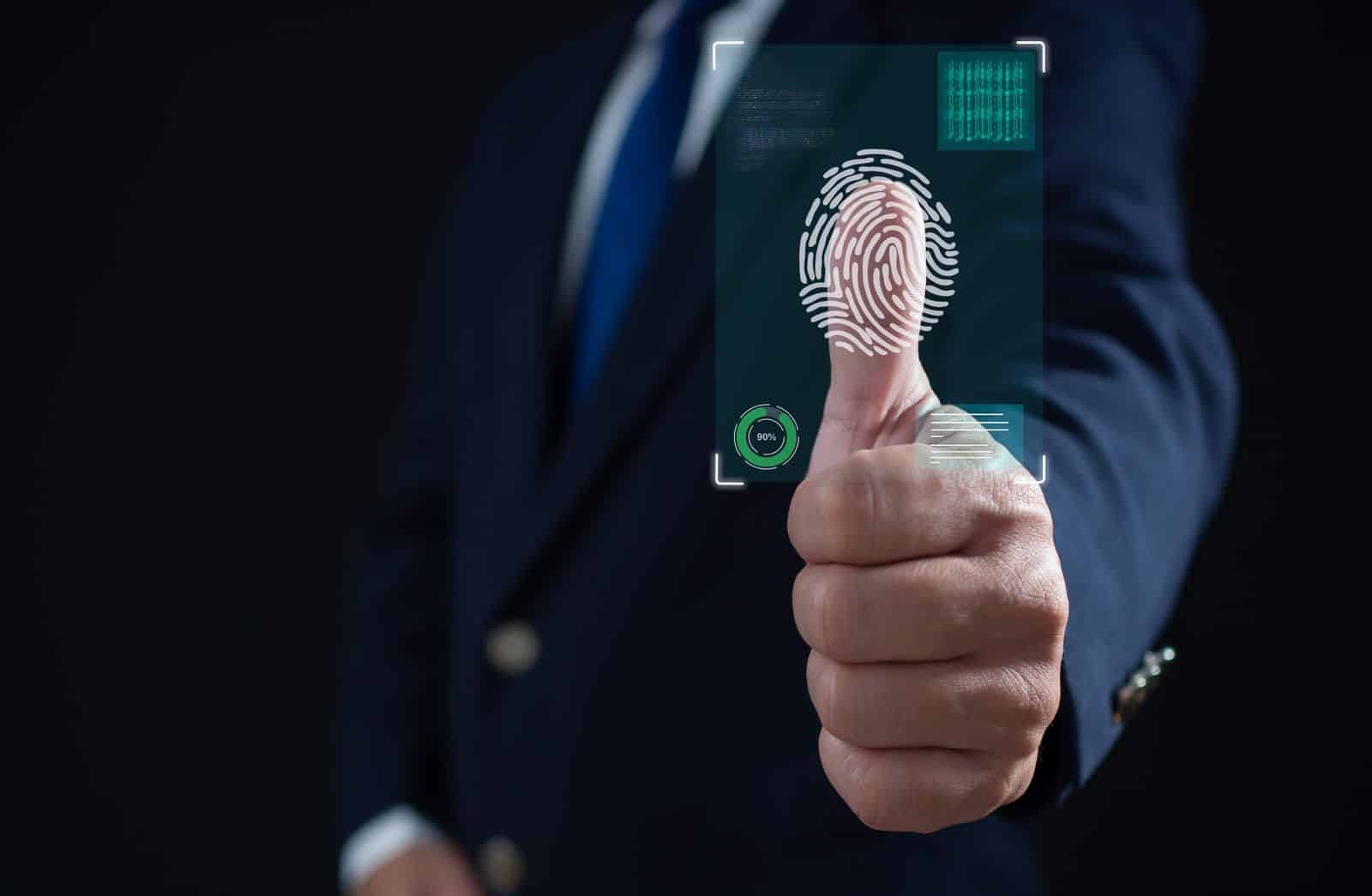In the ever-evolving landscape of security, traditional identification methods are being supplemented and, in some cases, replaced by more sophisticated technologies.
In this comprehensive exploration, we will take a look at various cutting-edge identification methods employed by access control security systems, shedding light on how they work and their implications for the future of safeguarding sensitive information.
Facial Recognition Technology: Mapping Unique Features
Facial recognition technology has become synonymous with modern security systems. It operates by analysing the unique features of an individual’s face, including the distance between the eyes, nose shape, and jawline.
Deep learning algorithms play a pivotal role in creating a facial signature that allows for quick and accurate identification. Despite its efficiency, concerns regarding privacy and the potential for bias have sparked debates surrounding its widespread implementation.
Striking a balance between effectiveness and ethical considerations remains a key challenge for facial recognition technology.
Retina Scanning: Peering into Precision
Retina scanning stands out for its precision in capturing the unique patterns of blood vessels at the back of the eye. Highly secure and difficult to forge, this method is often employed in high-security environments.
However, its need for proximity and the perceived intrusiveness of the process raises considerations about its acceptance in certain settings. Despite these challenges, retina scanning exemplifies a level of security that is crucial in scenarios where utmost precision is required.
Fingerprint Scanning: Uniqueness at Your Fingertips
Fingerprint scanning, one of the oldest yet most reliable methods of identification, relies on the unique ridges and valleys on an individual’s fingertips. Widely used in smartphones, this technology has become familiar to many.
However, concerns about potential breaches and the permanence of fingerprints raise valid considerations. The widespread adoption of fingerprint scanning in consumer devices also underscores the need for robust security measures to prevent unauthorised access and misuse.

Iris Recognition: Windows to Identity
Iris recognition is another innovative technology, that captures the unique patterns in the iris of the eye, providing a highly accurate and stable method of identification. Its non-intrusive nature and quick processing make it suitable for various applications, from secure access control to immigration processes.
However, concerns about false positives and the need for precise alignment during scanning should be addressed for broader acceptance. The potential of iris recognition lies not only in its accuracy but also in its adaptability to diverse scenarios where a seamless and efficient identification process is essential.
Voice Recognition: The Sound of Security
Voice recognition identifies individuals based on the unique characteristics of their voice, such as pitch, tone, and speech patterns. This method offers a convenient and user-friendly approach, widely used in phone authentication systems and voice assistants.
However, challenges related to ambient noise and potential vulnerabilities to voice-mimicking technologies require ongoing refinement.
As voice recognition technology continues to evolve, addressing these challenges will be crucial to ensuring its effectiveness and reliability in diverse environments.
Device-Based Identification: Your Tech as Your Passkey
In the ever-connected world of smart devices, a fascinating prospect for the future of identification lies in the seamless integration of personal gadgets. Your smartphone, smartwatch, or other wearable devices could become more than just accessories—they could serve as your digital identity keys.
To date, many individuals use their smartphones for biometric authentication, such as fingerprint or facial recognition, to unlock their devices and access sensitive information.
Already, there is a technology that can, for example, sense your phone or watch approaching your front door and unlock it with no interaction from you. These smart locks are becoming more and more popular in modern houses, where the owners do not want the inconvenience of having to dig around for a key to unlock their door.
Looking ahead, these devices could play an even more central role in our daily authentication processes. Imagine a scenario where your phone not only recognises your fingerprint but also communicates securely with other systems to verify your identity across various platforms.
Wearable devices equipped with advanced biometric sensors could continuously authenticate your identity based on unique physiological markers, ensuring a constant layer of security throughout your daily interactions.

Future Possibilities: The Next Frontier in Identification
As technology continues to advance at an unprecedented pace, the future holds exciting possibilities for the evolution of identification methods in the security sector. Here are some glimpses into what might be on the horizon:
Gait Analysis: Walking Into the Future of Security
Every individual has a distinct way of walking, and gait analysis explores the potential of using this unique characteristic for identification.
As technology advances, sophisticated sensors and machine learning algorithms could enable security systems to recognise individuals based on their gait, offering an additional layer of identification that is both subtle and difficult to mimic.
Emotional Recognition: Identifying Individuals by Emotion
Advancements in artificial intelligence may pave the way for emotional recognition as a form of identification. By analysing facial expressions and physiological responses, security systems could potentially identify individuals based on their emotional states.
While this raises ethical considerations, emotional recognition could add a nuanced layer to security protocols, particularly in scenarios where heightened emotions might indicate potential risks.
Conclusion: Balancing Security and User Experience
As security systems continue to advance, the challenge lies in balancing heightened security measures with user-friendly experiences. Each identification method has its strengths and weaknesses, and the future likely involves the integration of multiple methods for enhanced security.
Striking the right balance will be crucial as we navigate the evolving landscape of digital security, ensuring the protection of sensitive information while respecting individual privacy and user experience.
The ongoing refinement of these technologies will undoubtedly shape the future of identification methods in the security sector, offering a dynamic and multifaceted approach to safeguarding our digital world.



